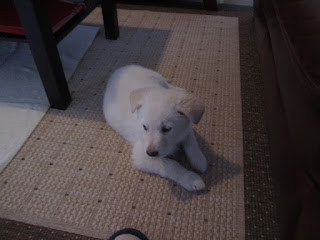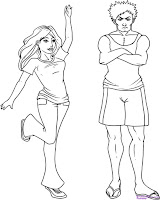Self-mastery is a central conception in leadership and as well in martial arts, where practitioners strive to make improvements to their fighting ability and physical prowess. Hard to see connection between those two?
If martial arts can help those who practice to gain self-esteem and confidence, as well as improving their physical and mental health, why not leaders, too? Through learning how to defend yourself and control your body, you can gain a sense of power and self-empowerment. And yes, martial arts can teach discipline, focus, and control, while also providing an enjoyable form of physical activity.
The skills learned in martial arts can be transferred into everyday life. Practitioners learn how to be assertive in their communication and develop problem-solving skills during practice of fight with opponent or opponents. Martial arts definitively can help people understand the importance of self-control and discipline. Martial arts students learn how to use their minds and bodies to become better versions of themselves.
Those who practice martial arts become more aware of their surroundings. Having an understanding of environment and how to perceive and how to defend yourself can be beneficial in potentially dangerous and changing situations. Being aware of the situation can help practitioners stay safe and make canny decisions.
For those looking to increase their physical fitness, martial arts can be a great way to do so. Martial arts classes can be done solo although they are done mostly in groups, and can include combinations of cardio, strength, and flexibility training. Therefore, martial arts can help (re)build strength, agility, and endurance, making it a great choice for athletes and those hoping to gain a better understanding of their physical potential. And to get better stamina, one have to endure psychical endurance to do it.
For anyone looking to gain a better understanding of
themselves and become more in tune with their minds and bodies, martial arts is
definitively one of the best choices you can make. Growth is acquired through
regular practice and dedication, so in dojo people become better versions of
themselves and lead a more fulfilling life. Which all is important in
leadership.































